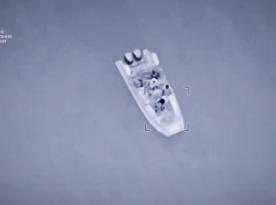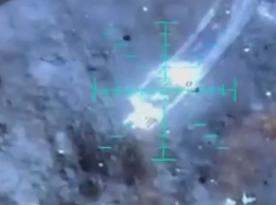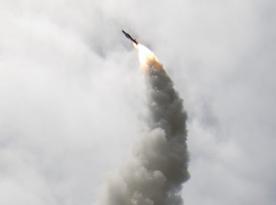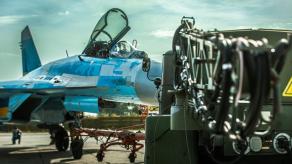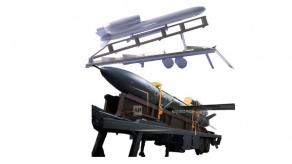Yesterday on April 9, the Ukrainian operational command "North" reported an air attack by russian aviation. The missile landed near the village of Hremiach in the bordering northern regions of Ukraine, no casualties. The russians, in turn, said their aircraft was targeting a bridge near the village to prevent "saboteurs" from raids into the Bryansk Oblast of russia.
The attack was carried out with the Kh-29TD missile. From the video shared by the russians themselves, we can learn that the attack wasn't successful, and the reason for that may be the specifications of this weapon that we shall break down below.
Read more: russians Started to Actively Use Guided Air Bombs in Ukraine: Which Kinds Exist, What is the Threat and How to Counter
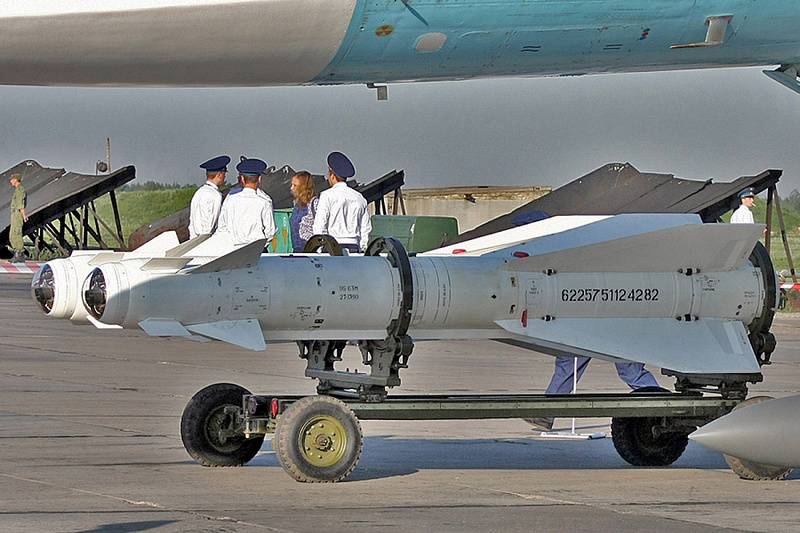
The russian Kh-29TD missile was created on the basis of the Soviet Kh-29T working by the 'fire-and-forget' principle with infrared guidance, the russian variant is basically a modernization.
We know that the base Kh-29T has a warhead of 317 kg, of which 116 kg is the warhead weight. The drawbacks of this missile are that it only works during daytime and may experience problems locking the target in bad weather. The firing range is 12 km, probable error is 2.2 meters.
According to the russians, the modernized Kh-29TD received an increased firing range up to 40 km while maintaining the same weight, and a new IR camera capable of operating at night.
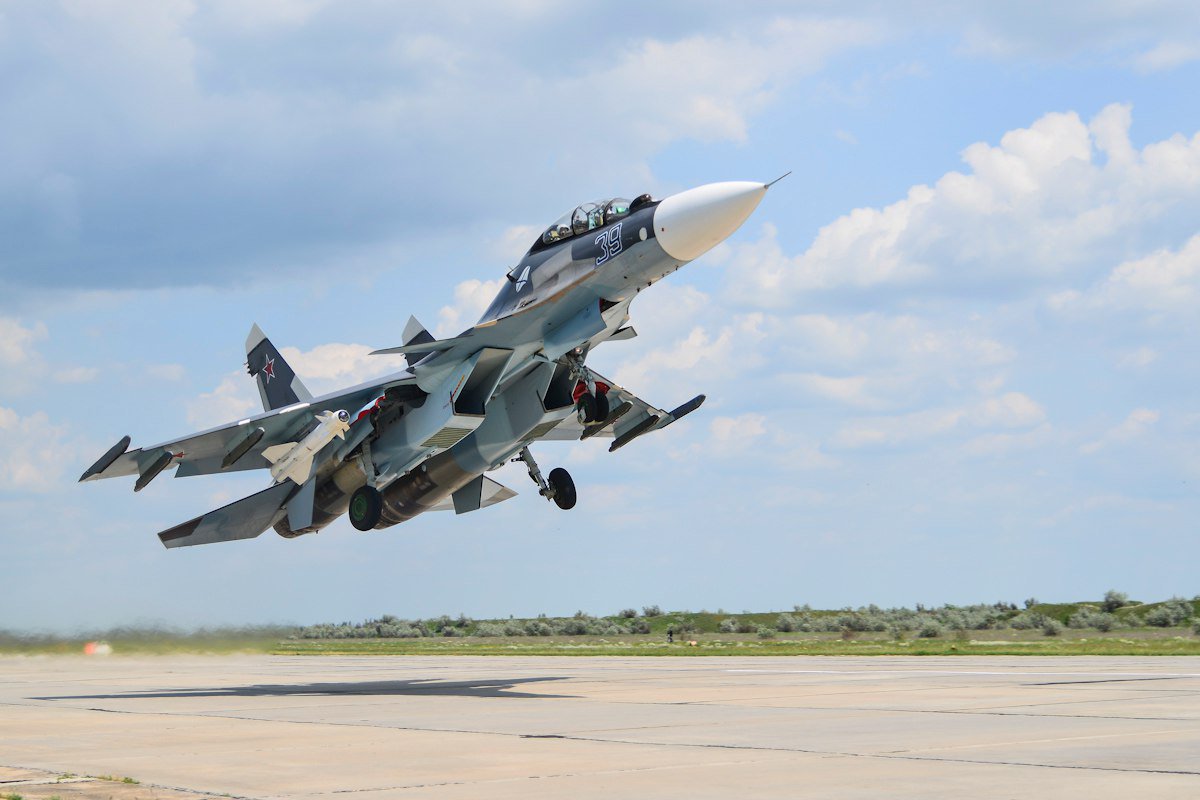
During the 'Armiya-2022' forum in August last year, Russian media were saying that the Kh-29TD was that particular 'wunderwaffe' that would take down HIMARS rocket launchers in Ukraine.
However, there are a few mentions of this type of missile having several debut appearances earlier that we'd like to bring up. Year 2017, occupied Crimea: due to a mistake by an aircraft technician, one of the Kh-29TD missiles was fired destroying the hangar and another missile of the same type. In January 2023, russian media reported this missile blowing up a farm in southern Ukraine, where they claimed a NATO facility was located. Lastly, yesterday's attack on the bridge near Hremiach village – here are all the known practical applications of this weapon.
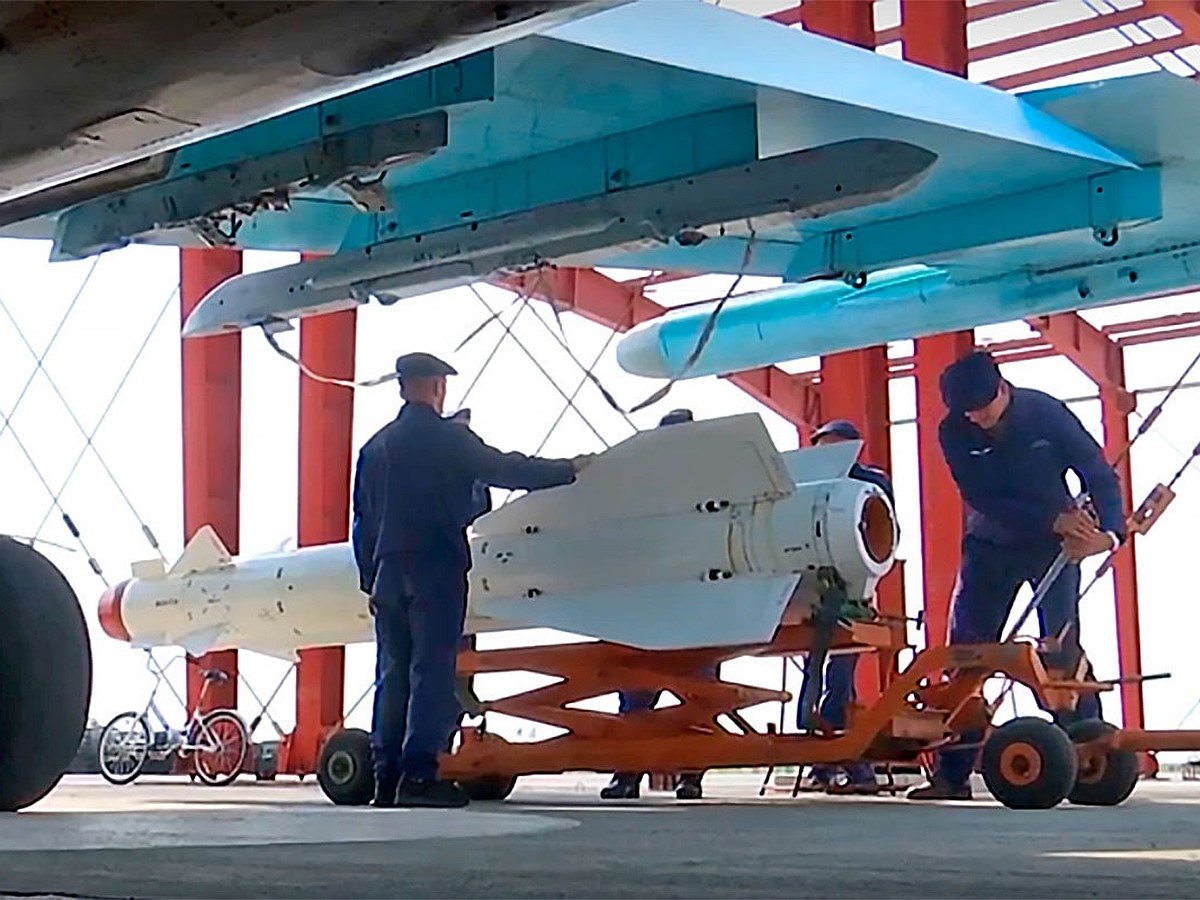
Soviet experience in Afghanistan showed that in order to hit such an object (that is, to inflict some damage), at least four Kh-29L missiles are required – the weight of this version is the same, 317 kg overall and 116 kg warhead, the difference is the laser guidance. But given that the russians only hit with one Kh-29TD missile yesterday, there are two possible explanations: either the rest of the missiles lost their target, or they really launched only one because they were short of them.
Then, if we talk about the Kh-29TD having 40-km firing range, why not use 50-km UMPK guided glide bombs instead or as an addition? Apparently, the capacity of production of these glide bombs is limited, so the russians have to choose between 'less scarce' weapons to use in each individual situation.
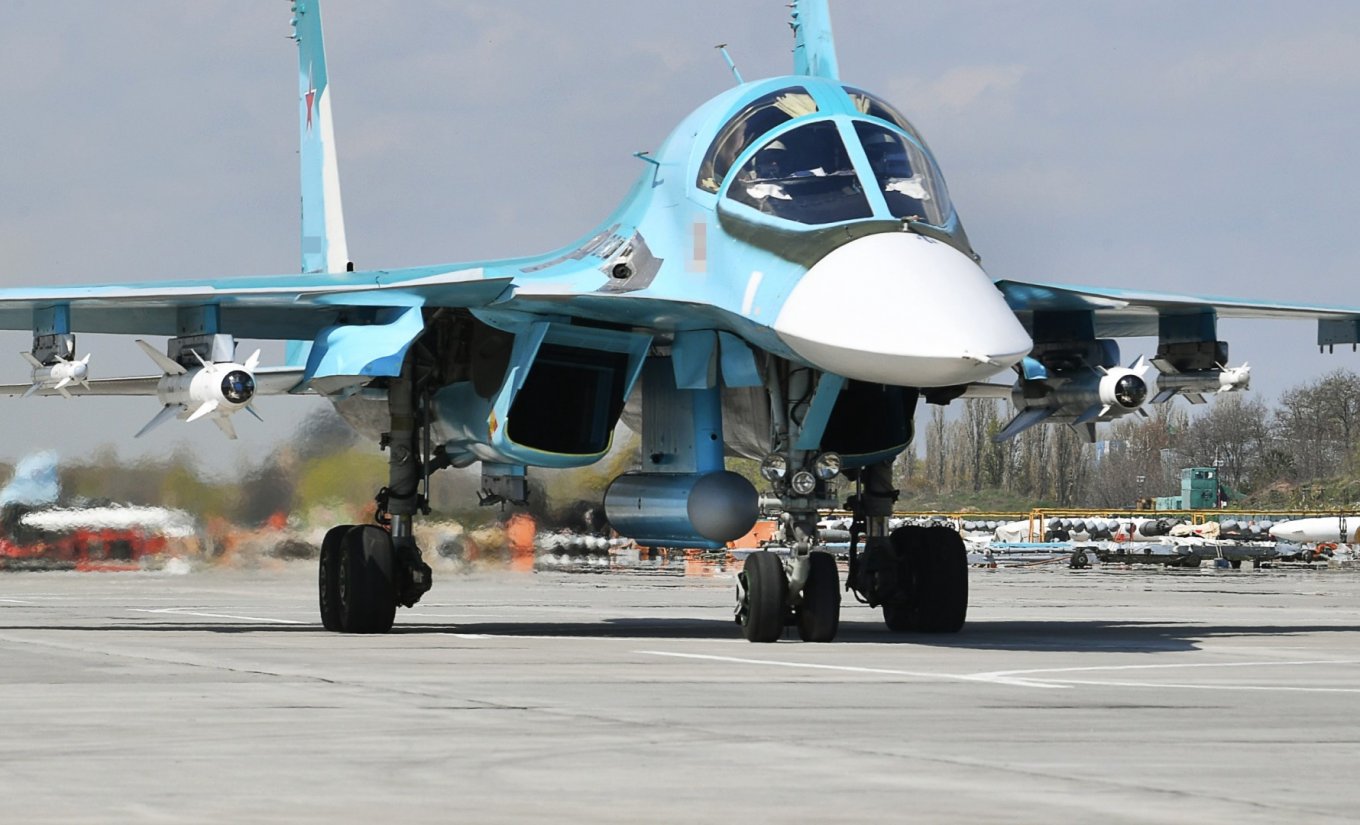
Anyway, the Kh-29TD is similar to the glide bomb in a way that its carrier needs to close the distance to the target up to at least 40 km. It is another reminder why Ukraine needs F-16: with modern multirole aircraft, russian aviation will be wary of approaching Ukrainian borders and frontlines to launch both Kh-29TD missiles and any sort of glide bombs as they will always risk receiving an AIM-120 missile in the back.
Read more: The Ukrainian Air Force Described the Capabilities of the russian Analogue of JDAM-ER Called UMPK





